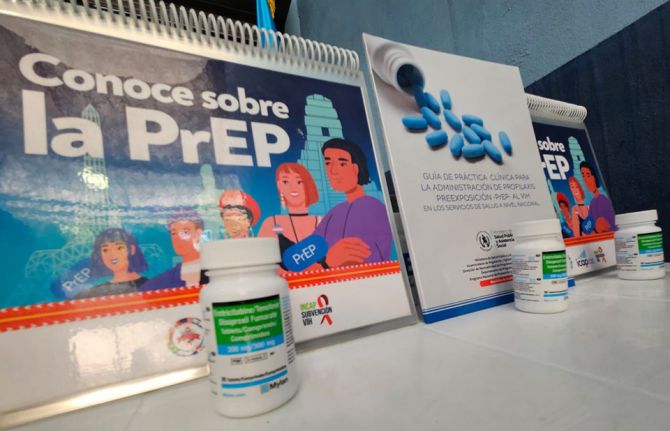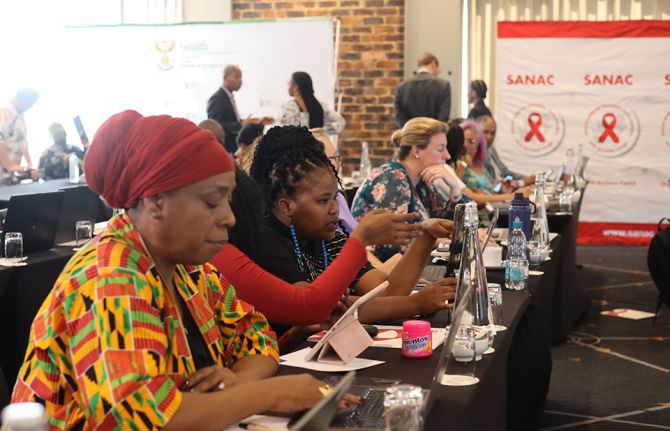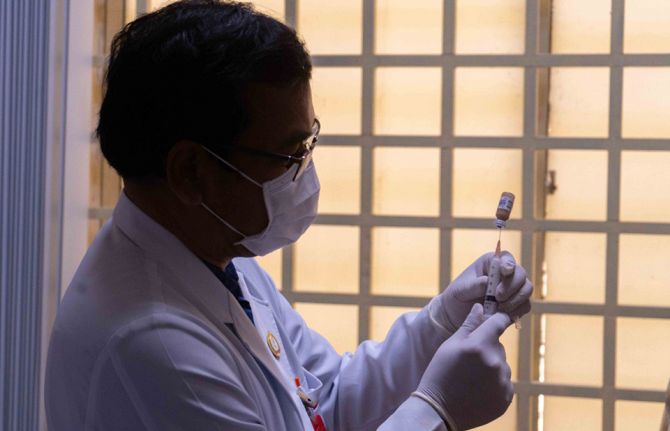
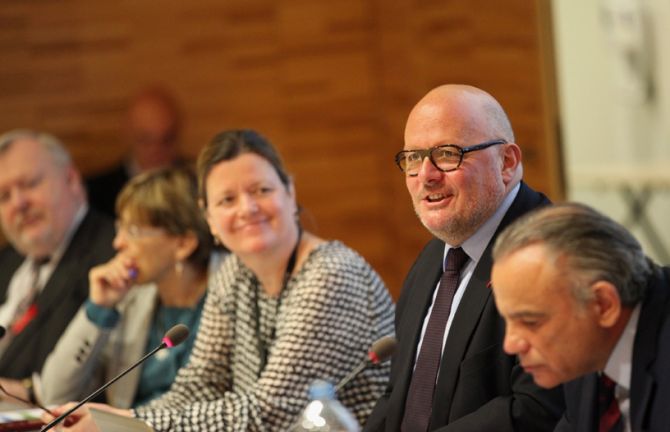
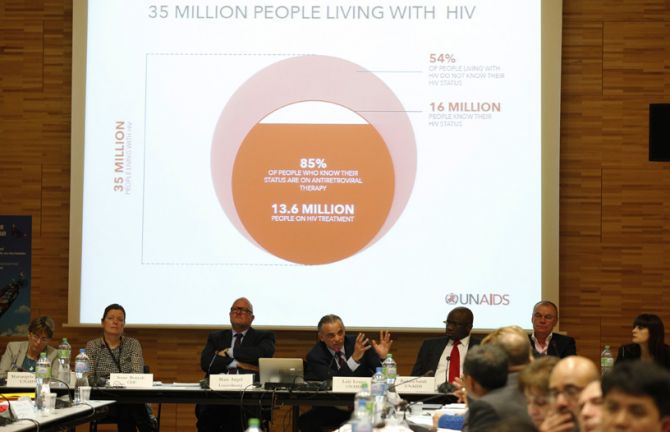
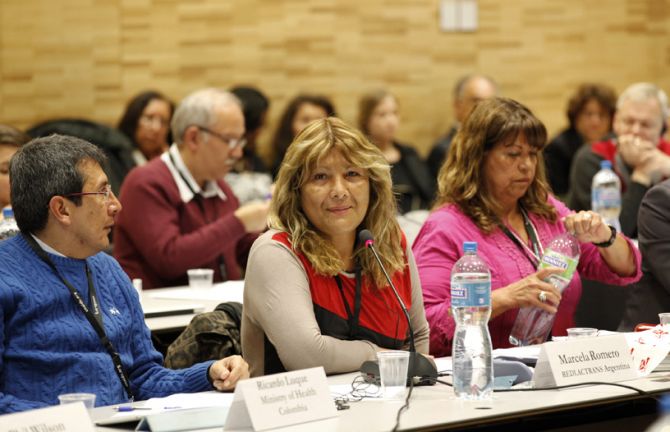
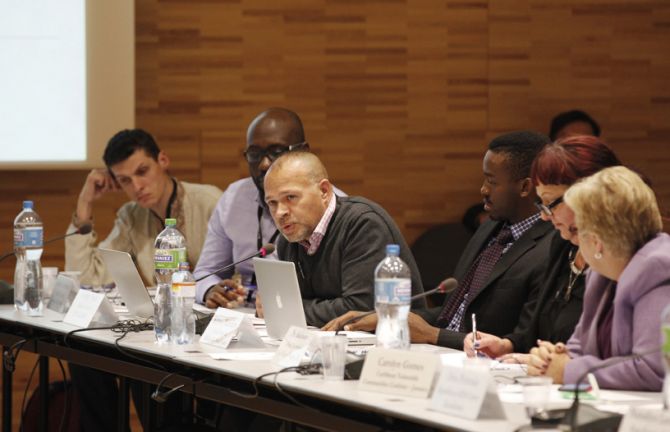
Update
Key populations global consultation on reaching the 90–90–90 HIV treatment targets
12 February 2015
12 February 2015 12 February 2015More than 100 stakeholders from around the world met at UNAIDS headquarters to develop recommendations to help realize the 90–90–90 HIV treatment targets. The ambitious targets by 2020 are to ensure that 90% of all people living with HIV will know their HIV status, 90% of all people with diagnosed HIV infection will receive sustained antiretroviral therapy and 90% of all people receiving antiretroviral therapy will have viral suppression.
The consultation focused on doing a better job of reaching populations at higher risk for HIV, including men who have sex with men, people who inject drugs, prisoners, sex workers and transgender people. The global consultation was held by UNAIDS, the Centers for Disease Control and Prevention and the Government of Luxembourg on 10 and 11 February in Geneva, Switzerland.
During the two-day meeting, participants worked together to identify the priority actions needed to ensure that all people are reached with HIV treatment. The participants identified common obstacles to HIV testing and treatment, such as stigma and discrimination, punitive laws, human rights violations and financing. The consultation also provided a platform to discuss solutions, best practices, promising innovations, critical enablers, potential game changers and priority actions to overcome service barriers and accelerate progress.
The meeting sought to provide the key elements for the construction of a global action agenda to accelerate access to treatment by key populations. These include improving strategic information on HIV among key populations, such as monitoring results across the cascade of care, and creating stronger links with and across the community, to ensure that community members have an active role in realizing 90–90–90. Participants also discussed supporting countries and other stakeholders to scale up rights-based HIV treatment and testing services for key populations and to eliminate structural barriers to service access.
Quotes
“Key populations have always mattered to UNAIDS, and they matter now more than ever. What matters is a lack of rights, a lack of inclusion and widespread discrimination. It is clear that we cannot take care of the AIDS epidemic without taking care of the needs of key populations. We need to focus on who is not getting treatment, where they are and why they are not benefiting from expanded treatment access.”
“What we are hearing at this meeting is that we need an ongoing platform to strengthen and coordinate work on bridging the treatment gap for key populations. We need to make sure that this isn't a single meeting that fails to lead to concrete progress in countries for key populations.”
“If there is one word I'd emphasize, it is community, community, community. The 90–90–90 target cannot be delivered without engaging the community.”

